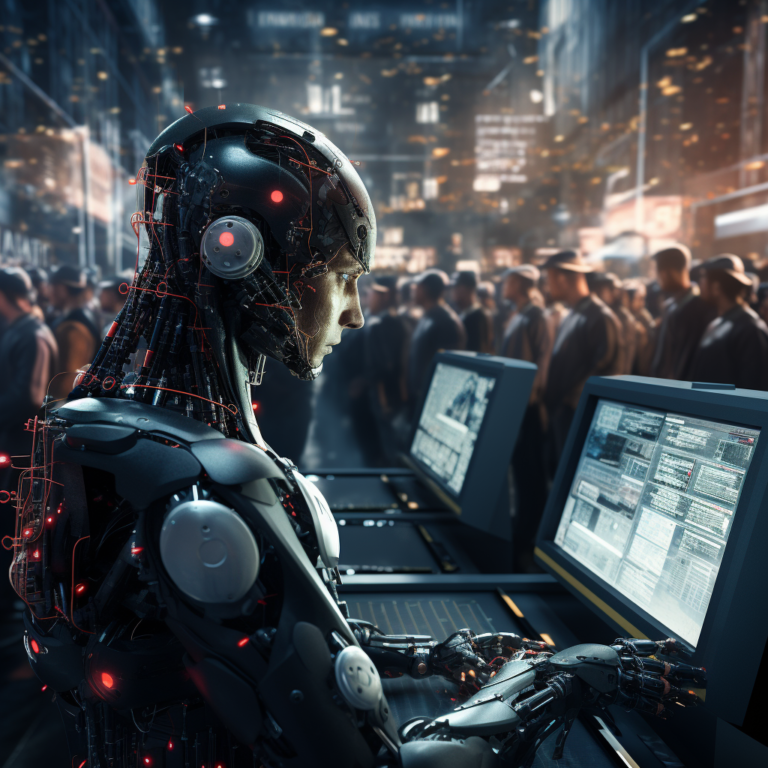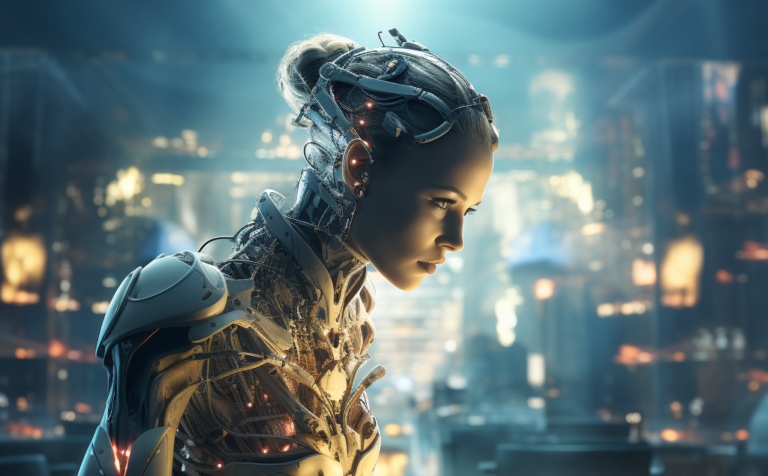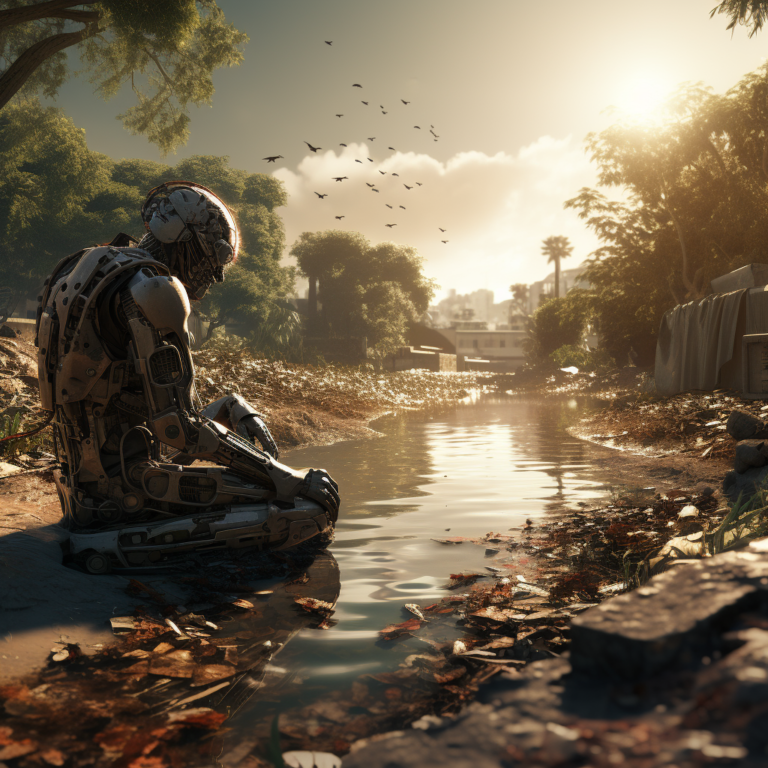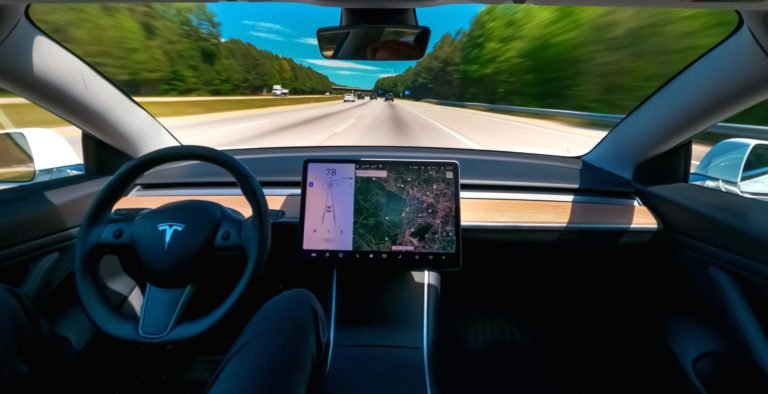Swarming Animals: Lessons for Human and AI Decision-Making
Swarming behavior in animals like bees and birds is not only essential for their survival but offers valuable insights for humans and AI. By mimicking these swarm dynamics, researchers are developing solutions for complex issues like crowd control, healthcare, and even military drone coordination. Swarm intelligence works by simple rules followed by individuals, creating a collective “super brain” without the need for a leader. This emerging field is reshaping AI technologies and human decision-making, providing enhanced efficiency and adaptability.
Craig Reynolds’ 1986 Boids model revolutionized the study of swarming by breaking it down into basic rules: move in the same direction as neighbors, move toward the average position, and avoid collisions. The model is used to simulate behavior with remarkable accuracy and has since been applied in various fields, from sports betting to medical data analysis. In healthcare, for example, swarm intelligence is helping decentralize patient data while preserving privacy, allowing institutions to collaborate without sharing raw data.
Applications of Swarming in AI and Human Systems
- AI Coordination: Swarm intelligence helps manage drones in military settings, allowing them to communicate and act collectively without individual control.
- Healthcare Data: Decentralized systems inspired by swarming offer collaborative data analysis while maintaining patient privacy.
- Predictive Models: Swarming has been used to outperform experts in predicting outcomes, like in sports betting with Unanimous AI’s platform.
As swarming research deepens, it holds the potential to revolutionize AI, healthcare, and decision-making in complex systems by leveraging the collective intelligence of simple components working together in dynamic and flexible ways.
For further details, explore the original article on The Conversation.







